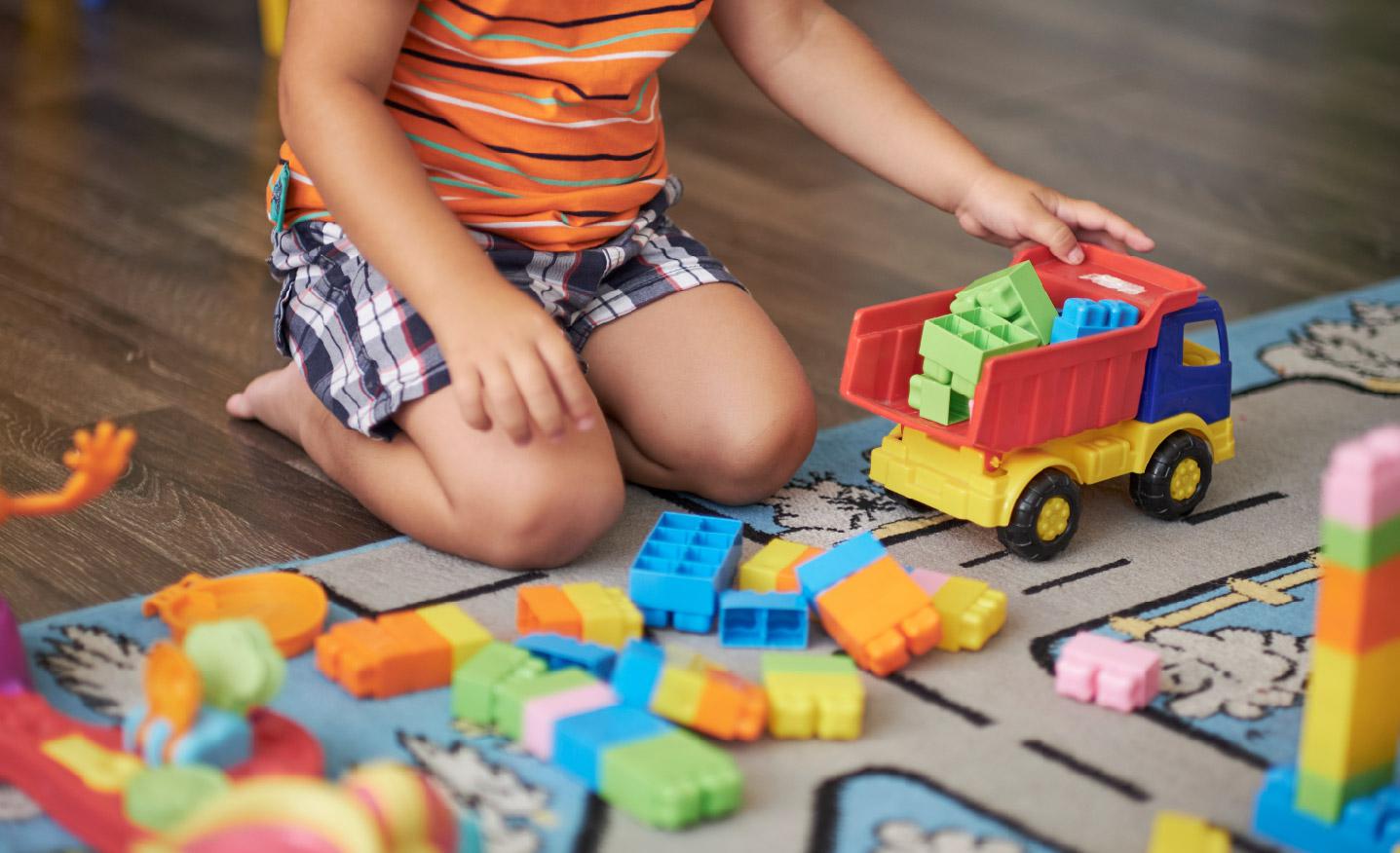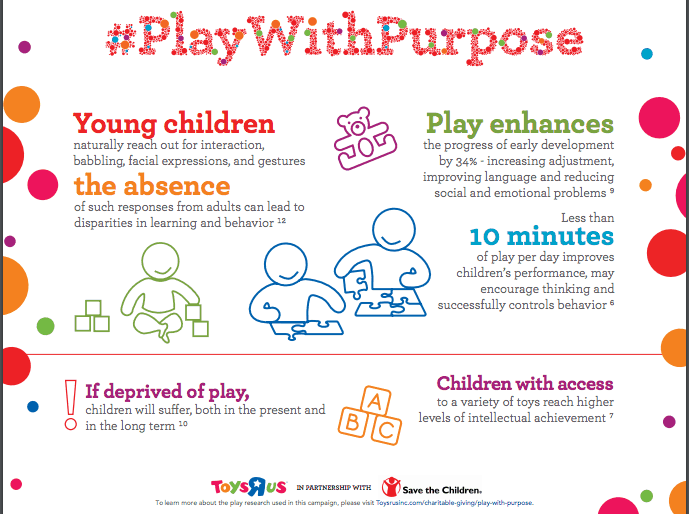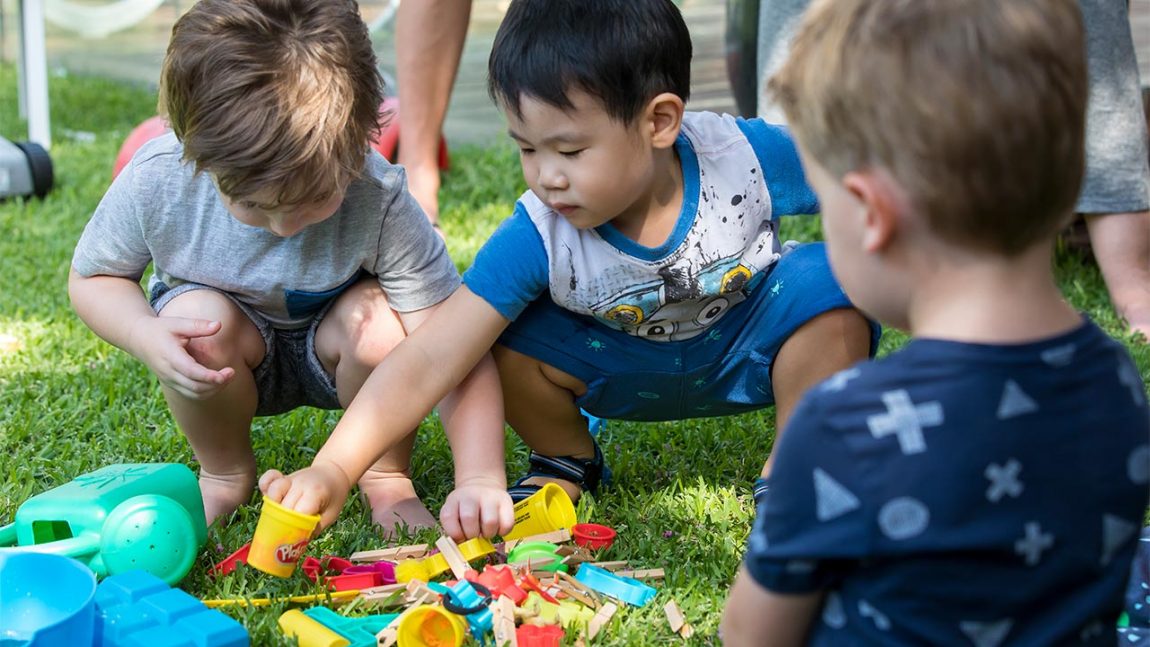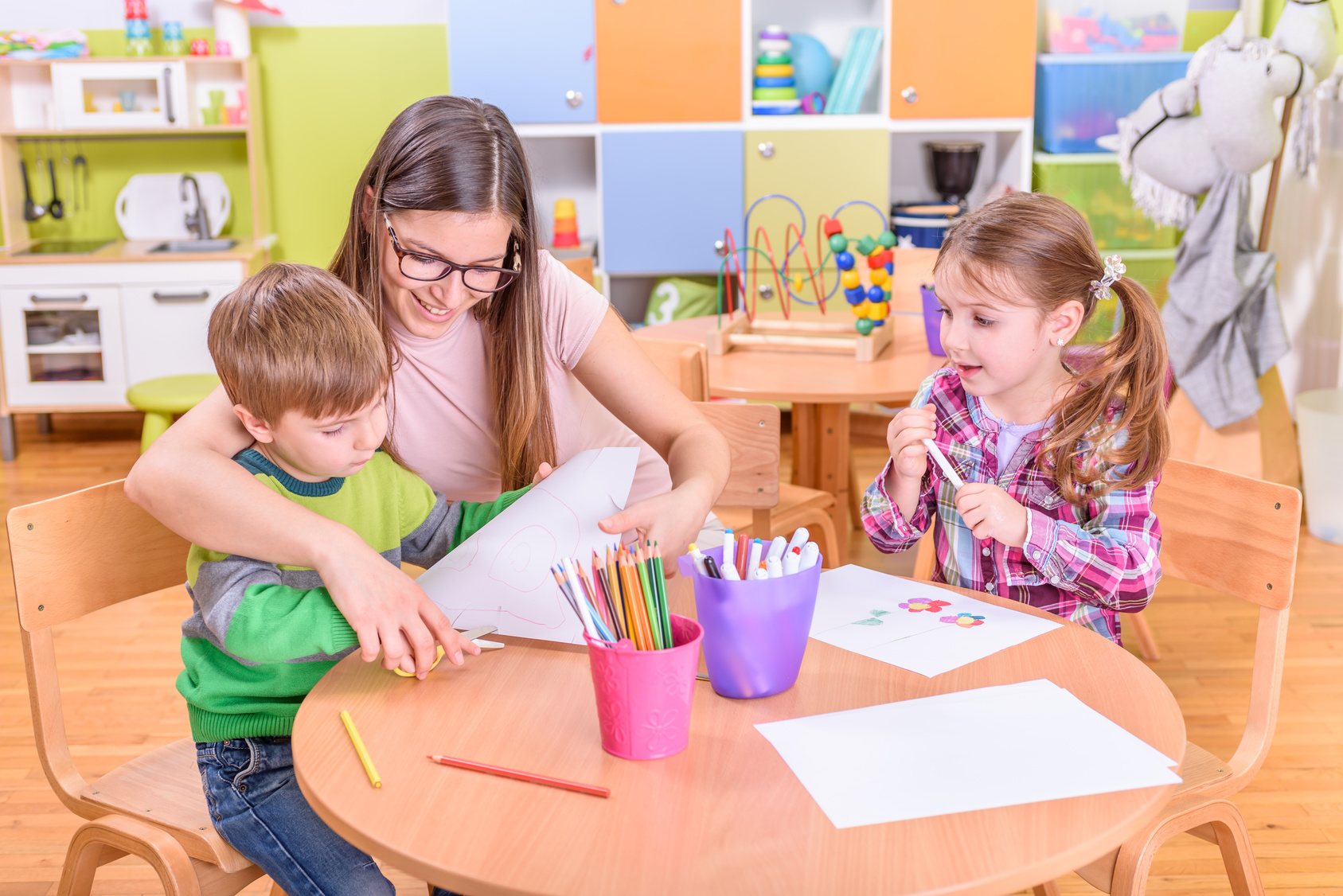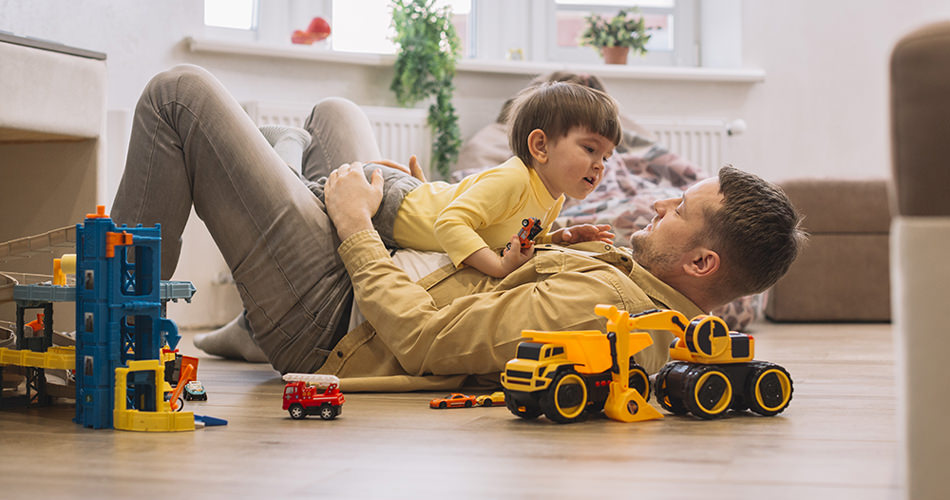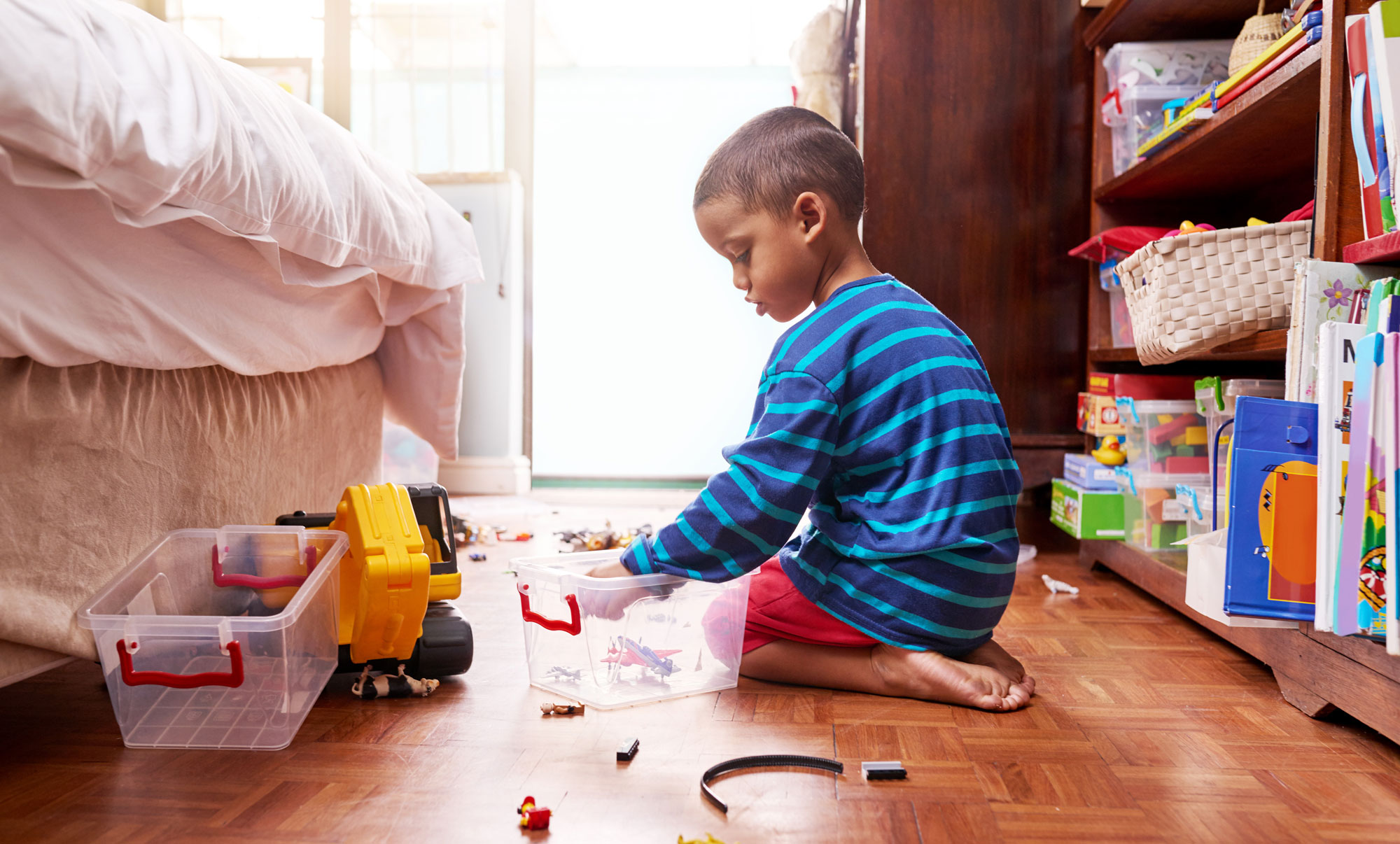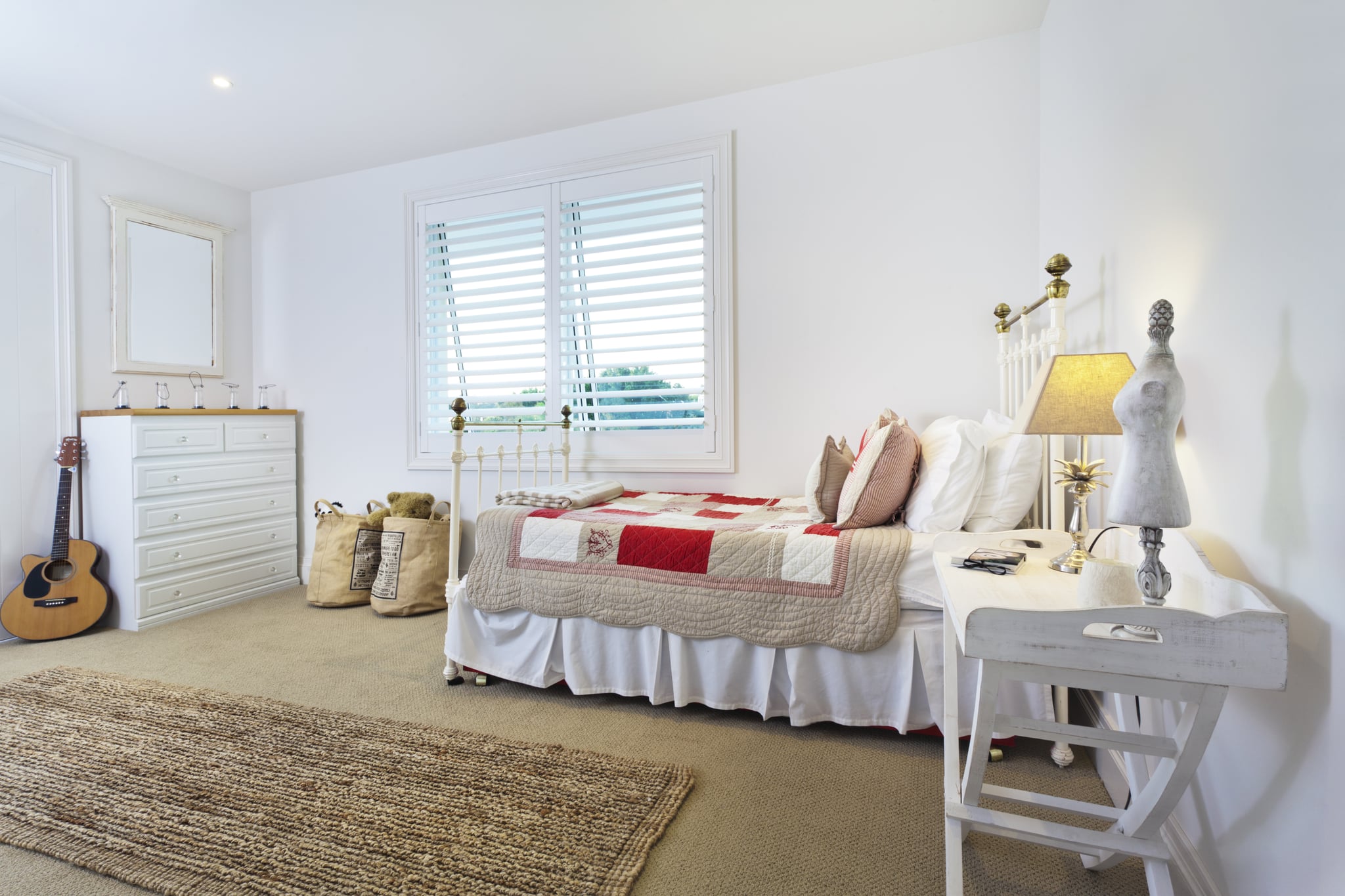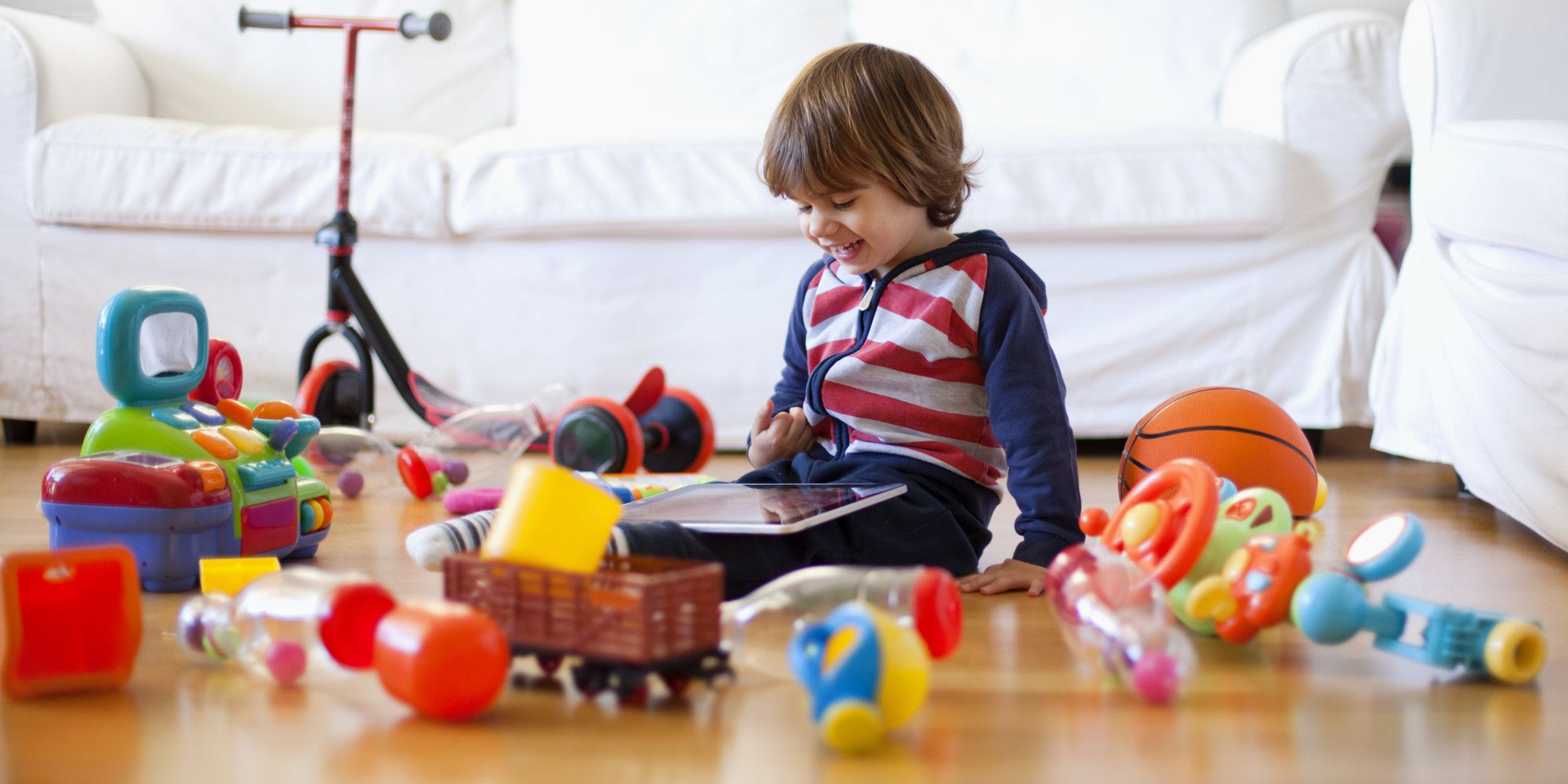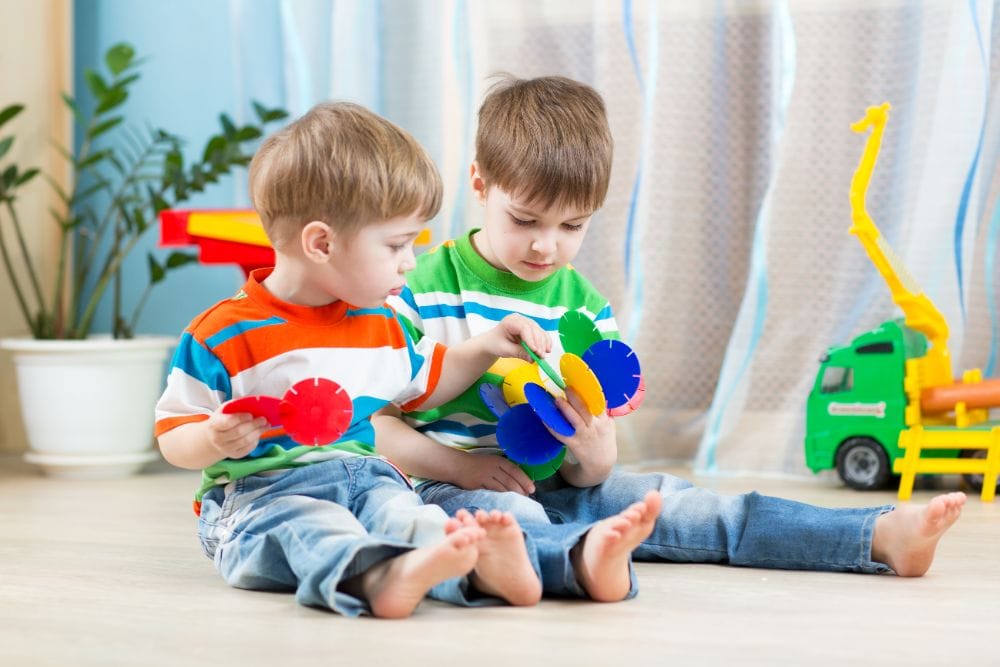Benefits of Allowing Kids to Play in the Living Room
As parents, we often worry about the safety and cleanliness of our living rooms, making it a no-go zone for our kids. However, allowing our little ones to play in this space can actually have numerous benefits for their physical, emotional, and social development.
According to child development experts, play is essential for children's growth and well-being. It helps them learn about the world around them, develop their imagination and creativity, and build important skills. By designating the living room as a play area, we are giving our children the opportunity to engage in meaningful and beneficial playtime.
So let's take a look at some of the top benefits of allowing kids to play in the living room.
How to Create a Safe Play Area in Your Living Room
Before we dive into the benefits, it's important to mention that safety should always be our top priority when it comes to our children. When setting up a play area in the living room, it's crucial to make sure it's safe and child-friendly.
Start by removing any potential hazards such as sharp objects, fragile items, and cords that can pose a danger to your child. If you have any furniture with sharp edges, consider using corner protectors. You can also invest in childproofing gadgets such as safety gates and outlet covers to prevent accidents.
Next, designate a specific area for play and make sure it's well lit and well ventilated. It's also a good idea to have a soft and cushioned surface such as a playmat or rug to protect your child from falls. Finally, make sure to supervise your child and regularly check for any potential hazards.
Indoor Games and Activities for Kids in the Living Room
Now that we've established a safe play area, let's explore some fun and engaging games and activities that kids can enjoy in the living room. With the rise of technology, it's easy for kids to get lost in screens and forget about the joy of physical play. But with some creativity, we can turn our living rooms into a space for endless fun and learning.
Some popular indoor games and activities include building forts with blankets and pillows, playing hide-and-seek, and having a dance party. You can also encourage imaginative play by setting up a pretend play area with a kitchen set or dress-up clothes. For quieter activities, puzzles, board games, and coloring books are great options.
Remember, the living room doesn't have to be limited to just toys and games. You can also incorporate activities that involve movement such as yoga, exercise games, or even an indoor obstacle course.
Why the Living Room is a Great Space for Kids to Play
The living room is often the heart of the home, and for a good reason. It's a space where families come together to relax, bond, and create memories. So why not extend this welcoming and warm atmosphere to our children's playtime as well?
By allowing our kids to play in the living room, we are inviting them to be a part of our family and daily activities. They can feel included and learn important social skills such as sharing, taking turns, and cooperation. Plus, playing in the living room can also provide an opportunity for us to bond with our children and participate in their playtime.
Moreover, the living room is a space that is already equipped with comfortable seating, good lighting, and plenty of space to move around. It's the perfect setting for kids to explore their creativity and imagination, without feeling confined to a designated playroom.
Setting Boundaries for Kids Playing in the Living Room
With all the benefits of allowing kids to play in the living room, it's important to establish some boundaries to maintain a sense of order and respect for the space.
Start by setting rules such as putting away toys after playtime and not jumping on the furniture. You can also have designated containers or shelves for toys to keep the living room tidy and organized. It's also important to teach kids to respect others' belongings and not to disturb anyone who may be using the living room for other purposes.
By setting boundaries, we are teaching our children to be responsible and respectful of their surroundings, which are valuable life skills to have.
Creative Ways to Incorporate Play into Your Living Room Decor
Who says that play and decor can't coexist? With some creativity, you can incorporate elements of play into your living room decor seamlessly.
Start by choosing furniture and decor pieces that are both functional and playful. For example, a storage ottoman can double as a seating area and a toy box. You can also add a colorful and interactive rug to the space. Wall decals, hanging mobiles, and shelves with play items can also add a touch of playfulness to the living room.
By incorporating play into your living room decor, you are creating a fun and inviting space that your child will love spending time in.
The Importance of Play for Children's Development
We've touched on some of the benefits of allowing kids to play in the living room, but it's worth mentioning the importance of play for children's overall development.
Play is a crucial part of a child's learning and development process. It helps them develop important physical, cognitive, social, and emotional skills. Through play, children learn to problem-solve, communicate, and express themselves. It also helps them build self-confidence, resilience, and creativity.
By providing a space for play in the living room, we are actively supporting our children's growth and development.
How to Keep Your Living Room Clean and Organized with Kids' Toys
One of the biggest concerns parents have about allowing kids to play in the living room is the mess that comes with it. But with some simple tips, you can easily keep your living room clean and organized, even with kids' toys around.
First, make sure to have designated storage for toys, such as bins, baskets, or shelves. This will make it easier for kids to put away their toys after playtime. You can also involve them in the cleaning process by making it into a game or giving them specific tasks to complete.
Regularly declutter and rotate toys to keep the living room from becoming too cluttered. And don't forget to regularly deep clean and disinfect the space to maintain a healthy and safe environment for your child.
Fun and Educational Toys for Kids to Play with in the Living Room
When it comes to toys, it's always a good idea to choose ones that are not only fun but also educational. This way, your child can learn and develop important skills while playing in the living room.
Some great options for educational and entertaining toys include building blocks, puzzles, and art supplies. You can also opt for toys that encourage physical activity, such as balls, hula hoops, and jump ropes. And don't forget about reading, which is an essential part of a child's development. Have a designated reading corner in the living room with a selection of books for your child to enjoy.
Tips for Encouraging Active Play in the Living Room
With the rise of technology and sedentary lifestyles, it's important to encourage our children to engage in active play as much as possible. And the living room can be a great space for this!
Start by limiting screen time and encouraging other forms of play such as dancing, playing catch, or building an indoor obstacle course. You can also join in on the fun and engage in active play as a family. This will not only benefit your child's physical health but also create lasting memories and strengthen family bonds.
The Benefits of Allowing Kids to Play in the Living Room

Creating a Safe and Fun Space for Children
 As adults, we often view the living room as a space for relaxation and entertainment. However, for children, the living room can be a magical place where they can let their imaginations run wild. By allowing kids to play in the living room, we are creating a safe and comfortable space for them to explore and have fun.
Playing in the living room allows for more interaction between parents and children
, as they can play together and bond over games or activities. This not only strengthens their relationship but also creates cherished memories that will last a lifetime. Additionally,
having a designated play area in the living room can help to minimize clutter and mess in other areas of the house
, making it easier to keep the house clean and organized.
As adults, we often view the living room as a space for relaxation and entertainment. However, for children, the living room can be a magical place where they can let their imaginations run wild. By allowing kids to play in the living room, we are creating a safe and comfortable space for them to explore and have fun.
Playing in the living room allows for more interaction between parents and children
, as they can play together and bond over games or activities. This not only strengthens their relationship but also creates cherished memories that will last a lifetime. Additionally,
having a designated play area in the living room can help to minimize clutter and mess in other areas of the house
, making it easier to keep the house clean and organized.
Promoting Creativity and Imagination
 The living room can be transformed into a variety of settings for imaginative play. With just a few pillows and blankets, kids can create a fort or a spaceship, and with some toys or costumes, they can become pirates or princesses.
Allowing kids to play in the living room promotes creativity and imagination
, which are important skills for their cognitive and social development.
The living room can be transformed into a variety of settings for imaginative play. With just a few pillows and blankets, kids can create a fort or a spaceship, and with some toys or costumes, they can become pirates or princesses.
Allowing kids to play in the living room promotes creativity and imagination
, which are important skills for their cognitive and social development.
Encouraging Physical Activity
 In today's digital age, children are spending more time in front of screens and less time being active. By
encouraging kids to play in the living room
, we are providing them with a space to run, jump, and play games that promote physical activity. This not only helps to keep them healthy but also allows them to release their energy and improve their motor skills.
In today's digital age, children are spending more time in front of screens and less time being active. By
encouraging kids to play in the living room
, we are providing them with a space to run, jump, and play games that promote physical activity. This not only helps to keep them healthy but also allows them to release their energy and improve their motor skills.
Making the Living Room a Functional Space for the Whole Family
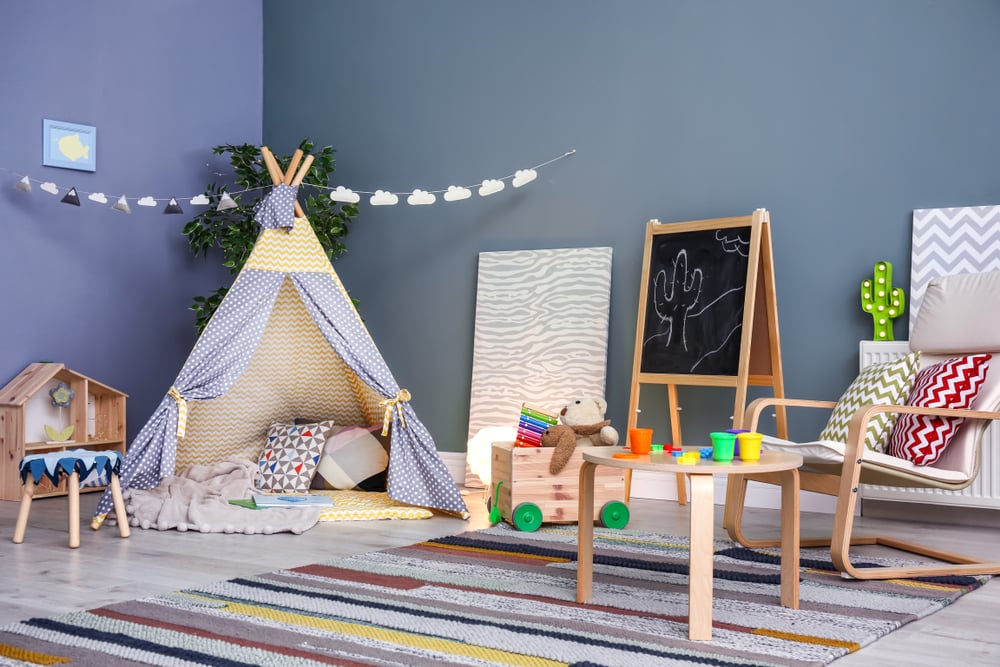 Many families have designated playrooms for their children, but
allowing kids to play in the living room
provides a functional space for the whole family. This can be especially beneficial for families with limited space, as it allows for more flexibility in how the living room is used. With the addition of storage solutions and child-friendly furniture, the living room can easily transition from a play area to a space for entertaining or relaxation.
In conclusion, while some may view the living room as a space that should be off-limits to children,
allowing kids to play in the living room can bring many benefits to both children and parents
. It creates a safe and fun space for children to play and promotes creativity, physical activity, and family bonding. So, next time your child asks to play in the living room, consider the potential benefits and give them a chance to explore and have fun in this versatile and important room in your house.
Many families have designated playrooms for their children, but
allowing kids to play in the living room
provides a functional space for the whole family. This can be especially beneficial for families with limited space, as it allows for more flexibility in how the living room is used. With the addition of storage solutions and child-friendly furniture, the living room can easily transition from a play area to a space for entertaining or relaxation.
In conclusion, while some may view the living room as a space that should be off-limits to children,
allowing kids to play in the living room can bring many benefits to both children and parents
. It creates a safe and fun space for children to play and promotes creativity, physical activity, and family bonding. So, next time your child asks to play in the living room, consider the potential benefits and give them a chance to explore and have fun in this versatile and important room in your house.




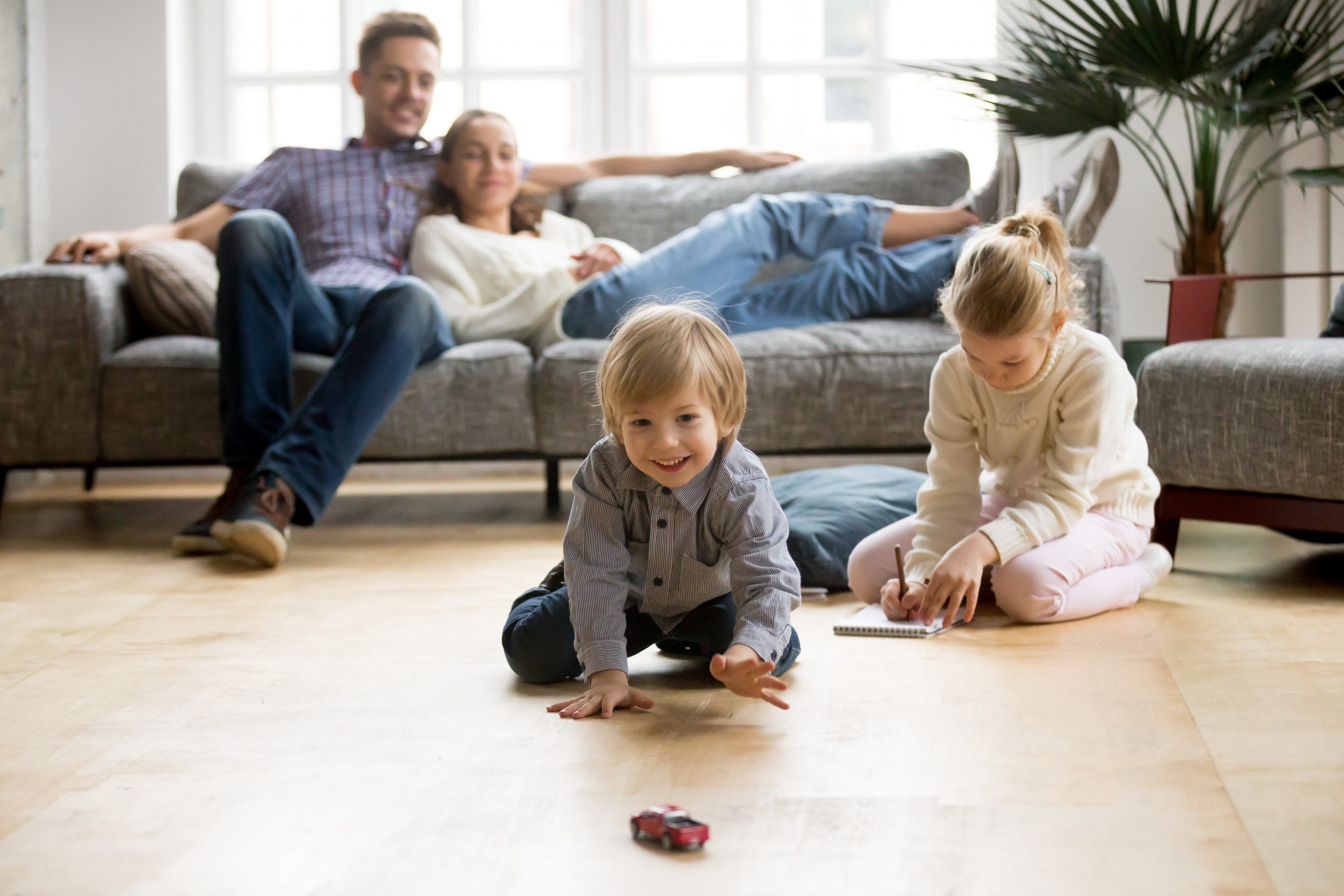



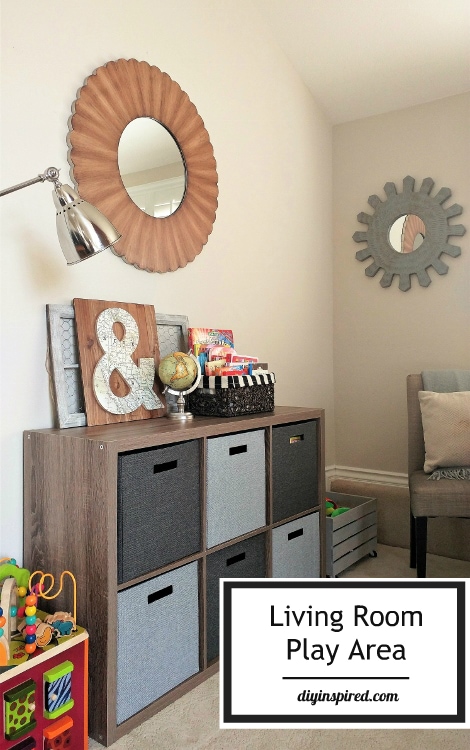


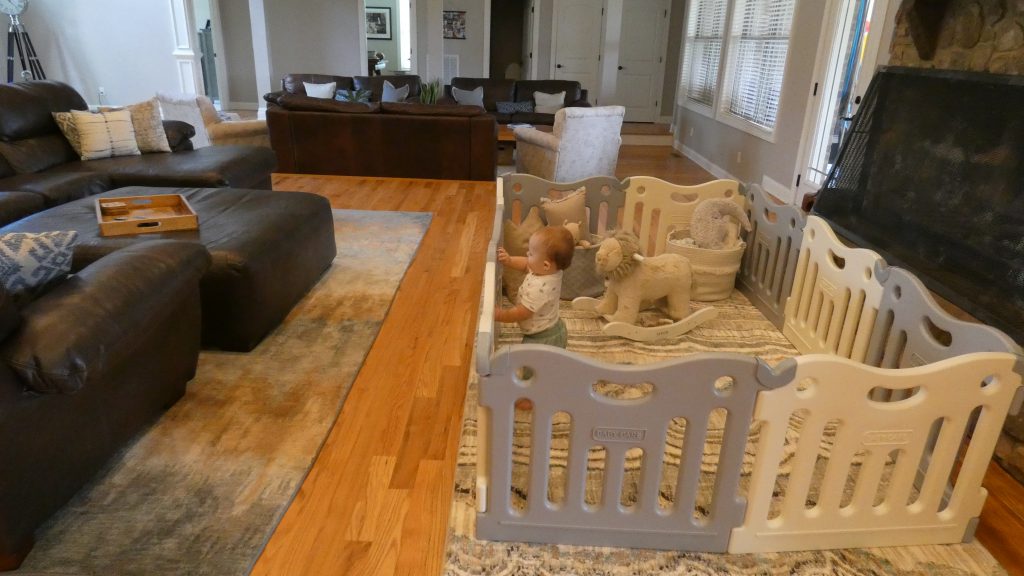






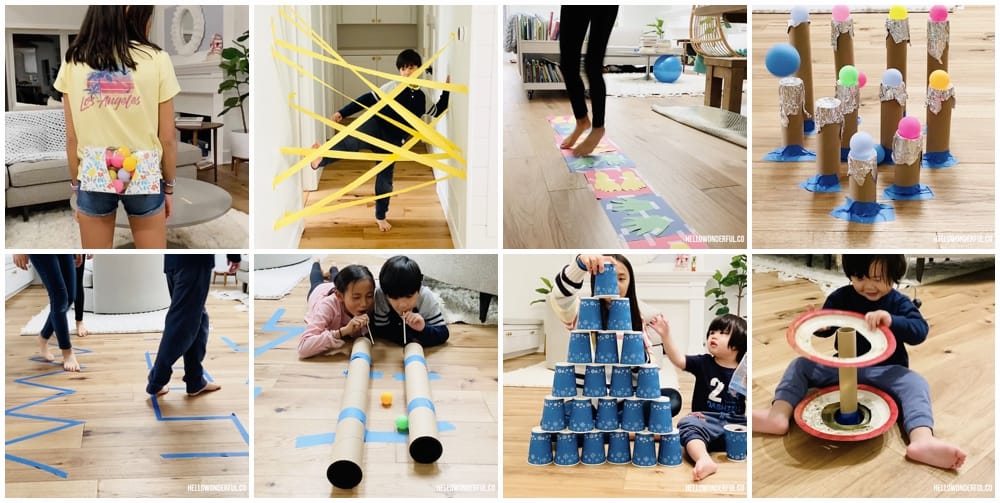
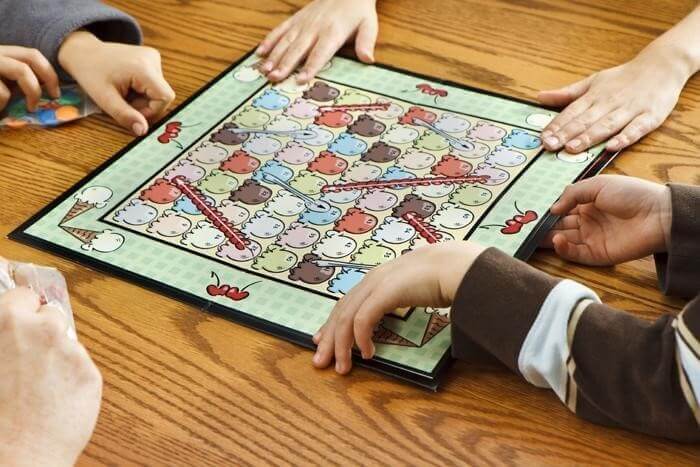

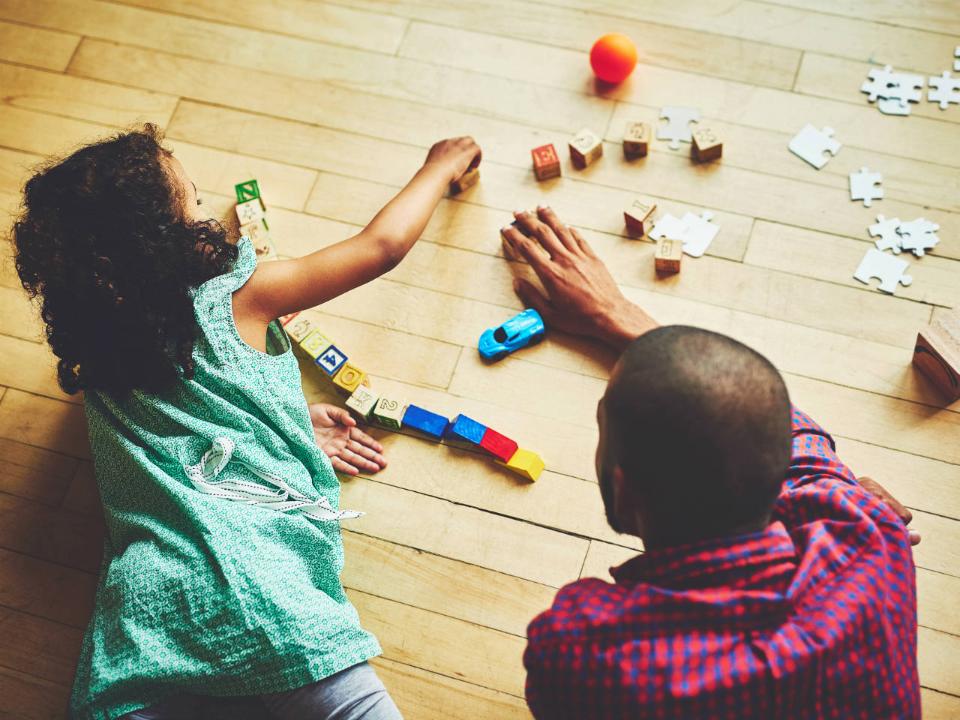

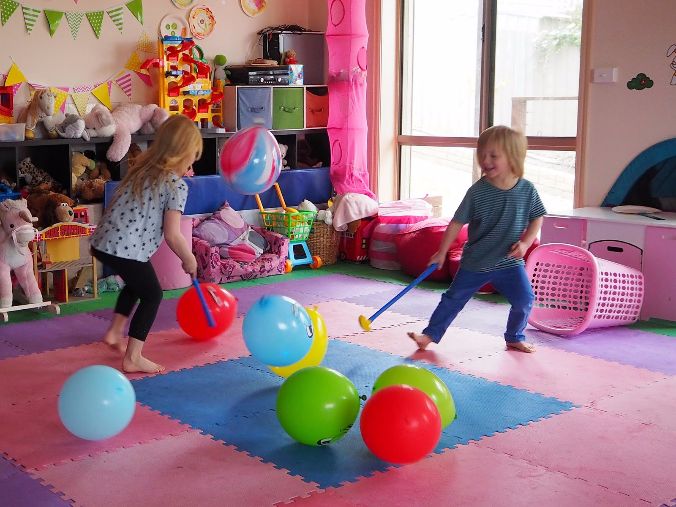
/185258351-56a777c23df78cf7729630b4.jpg)
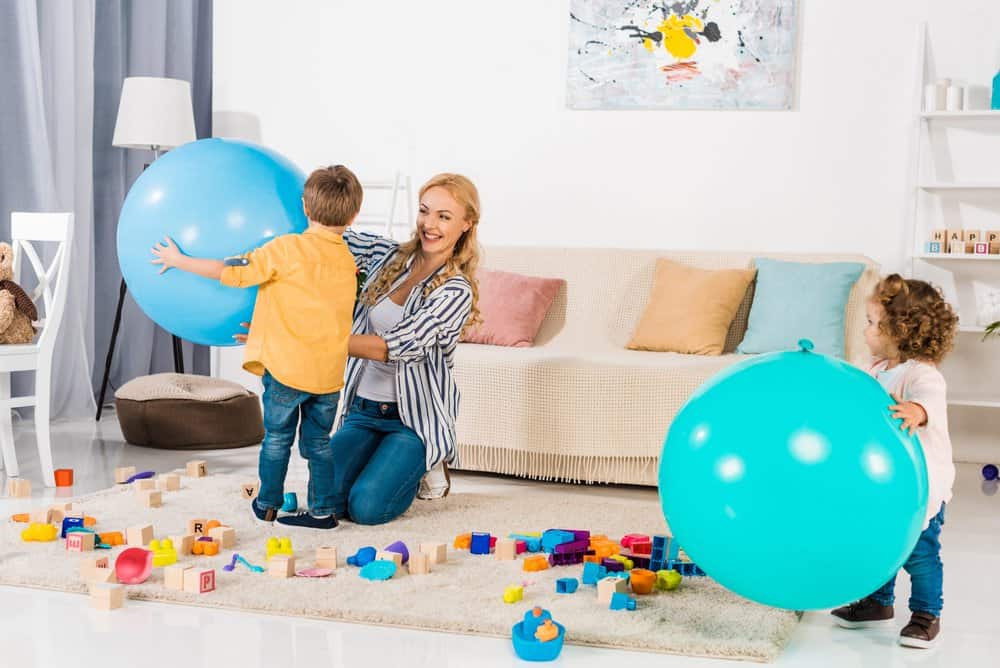
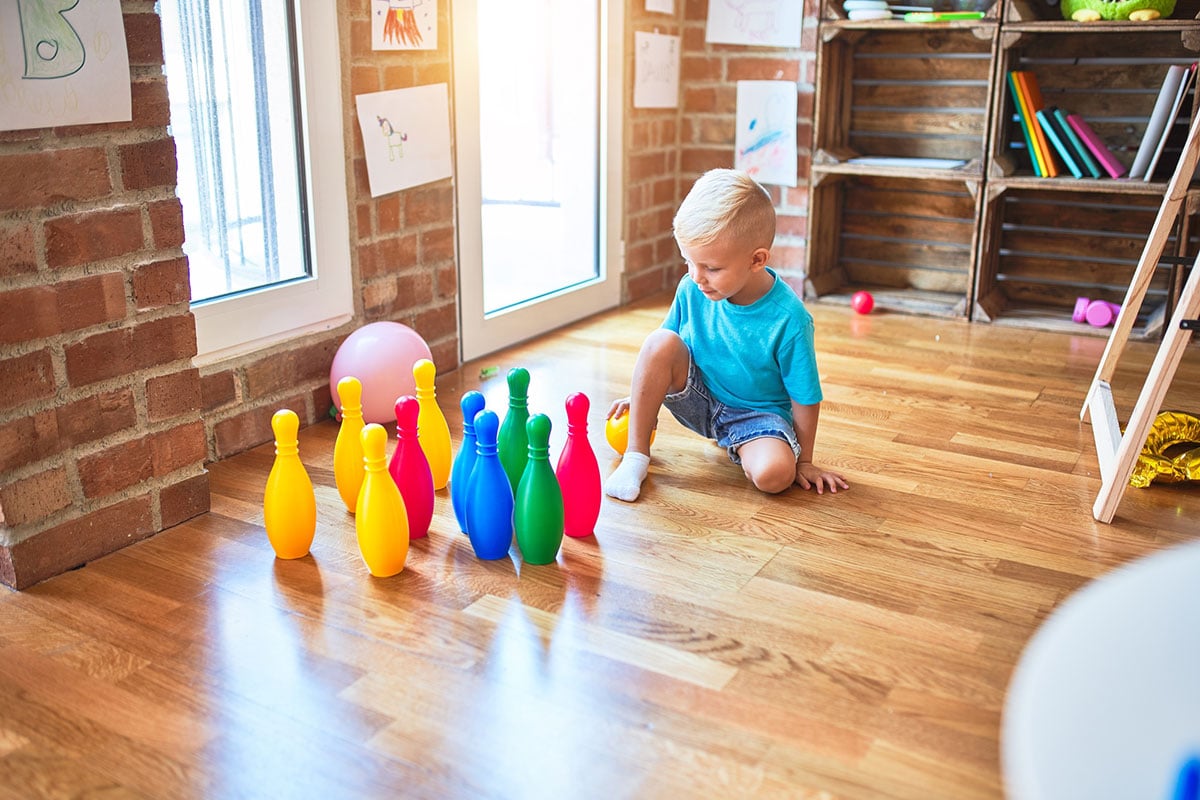
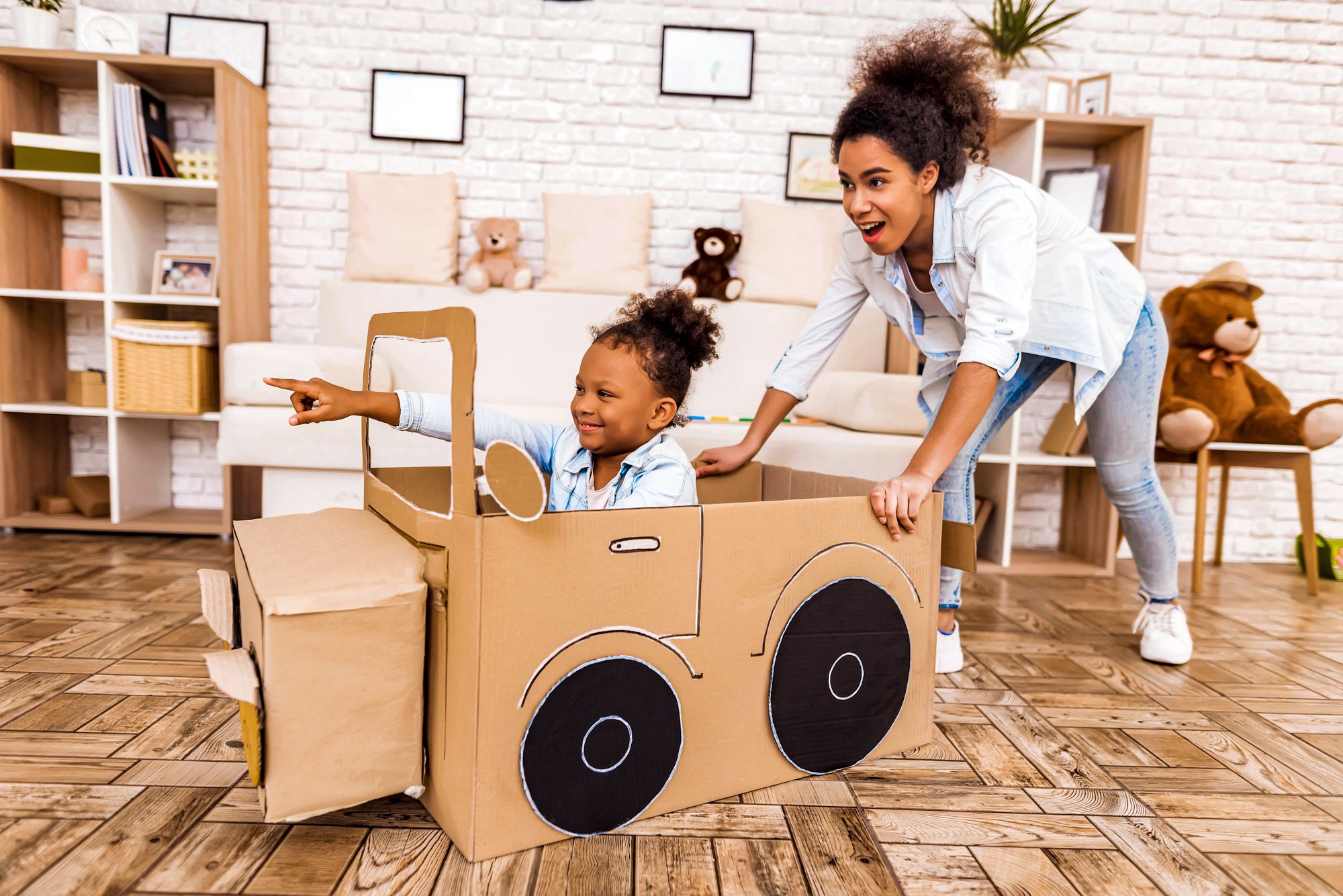
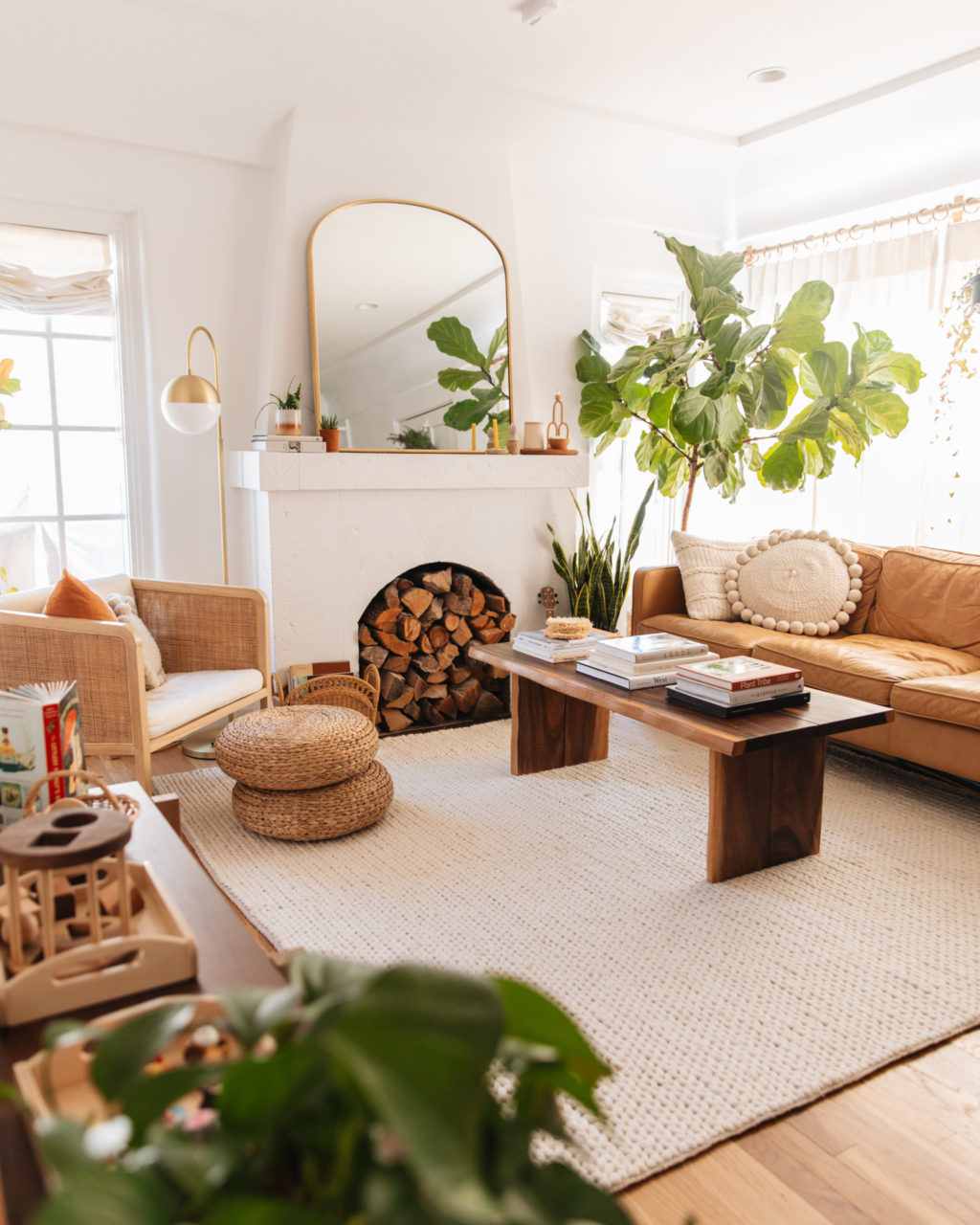
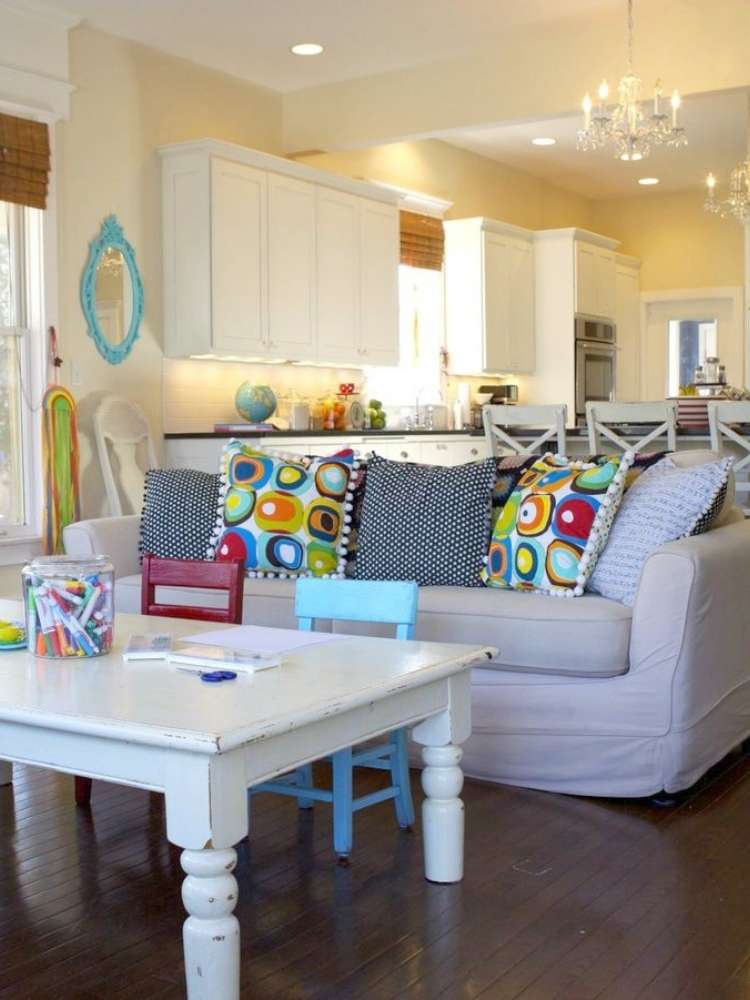
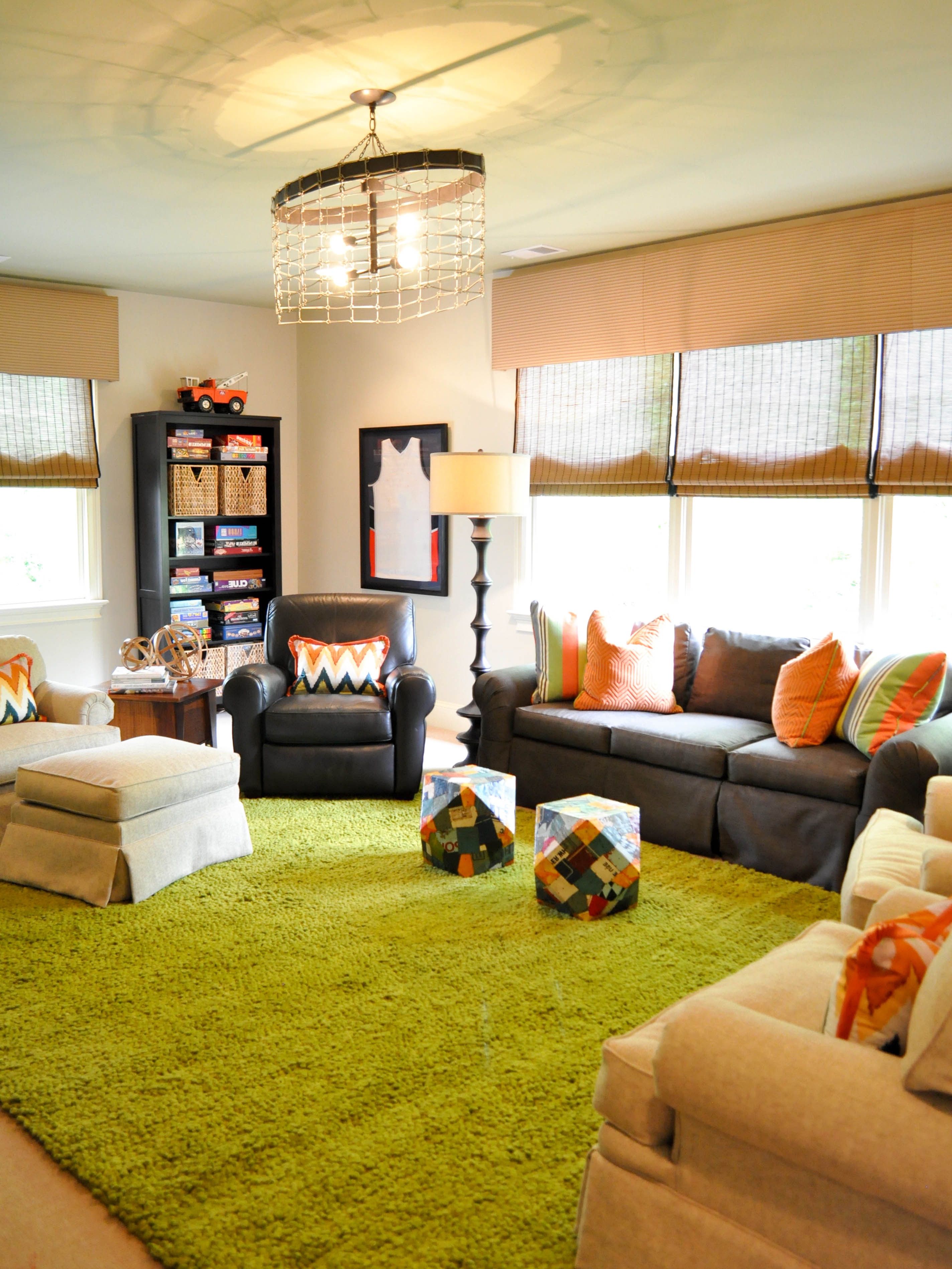





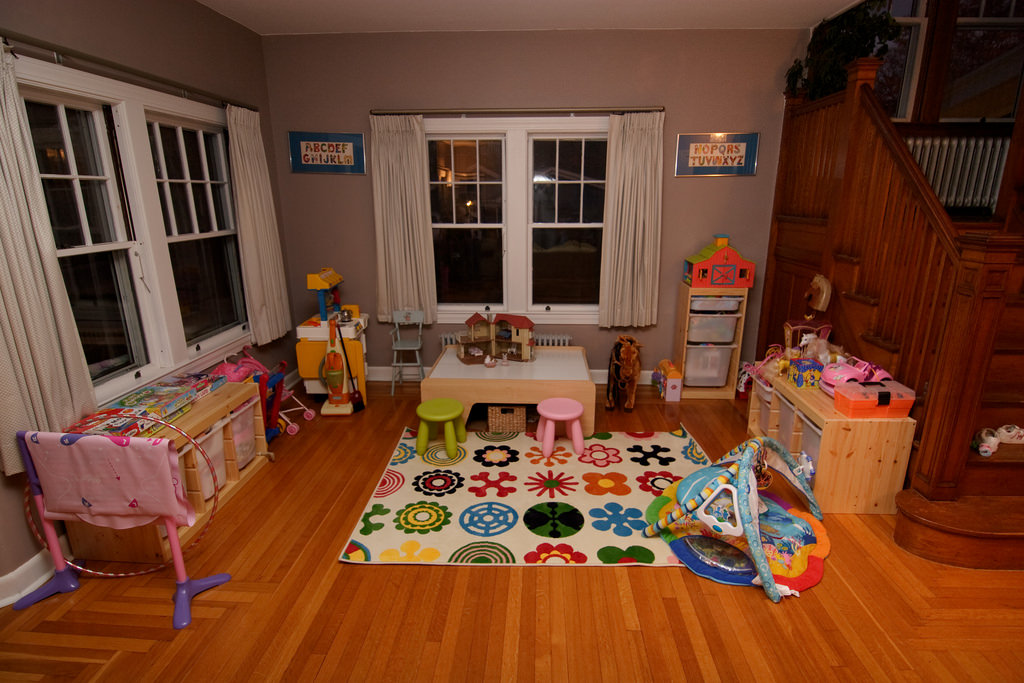



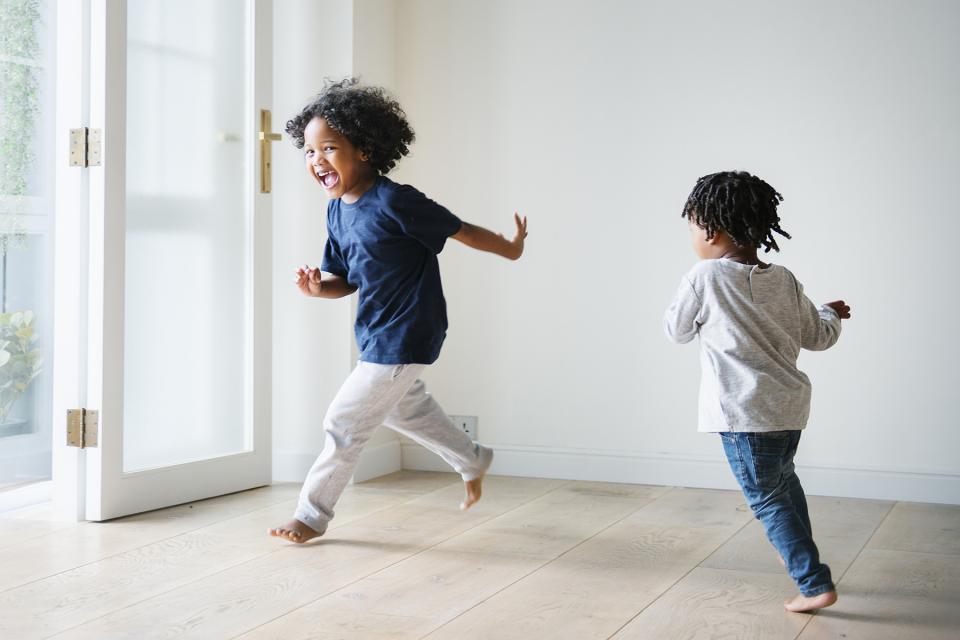
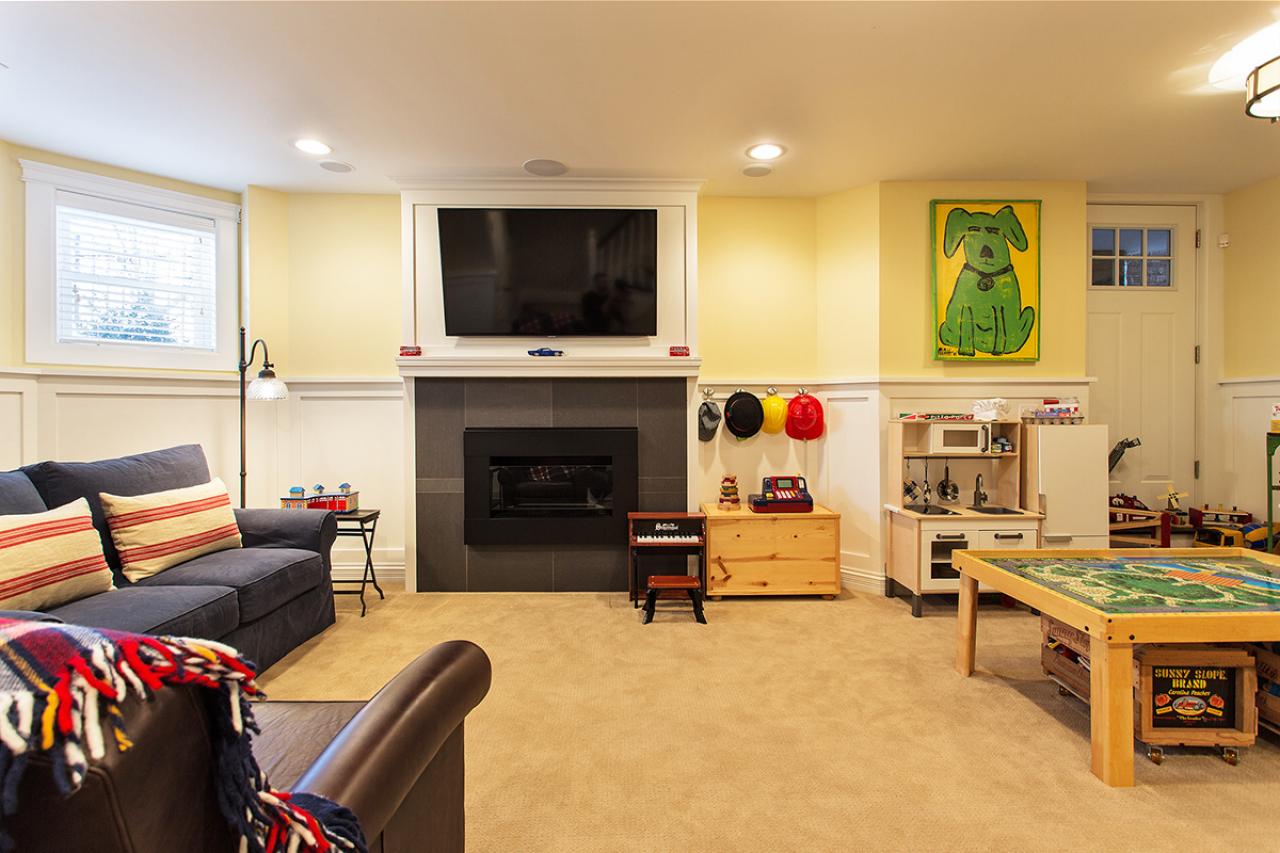


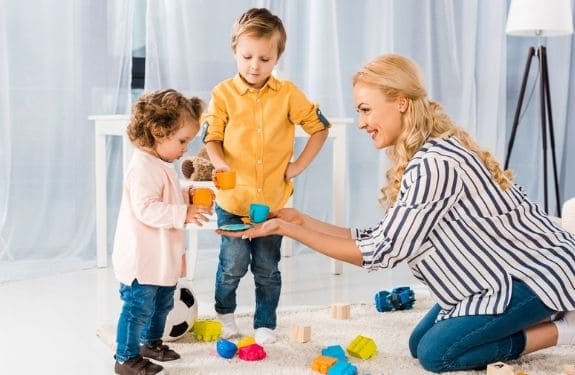



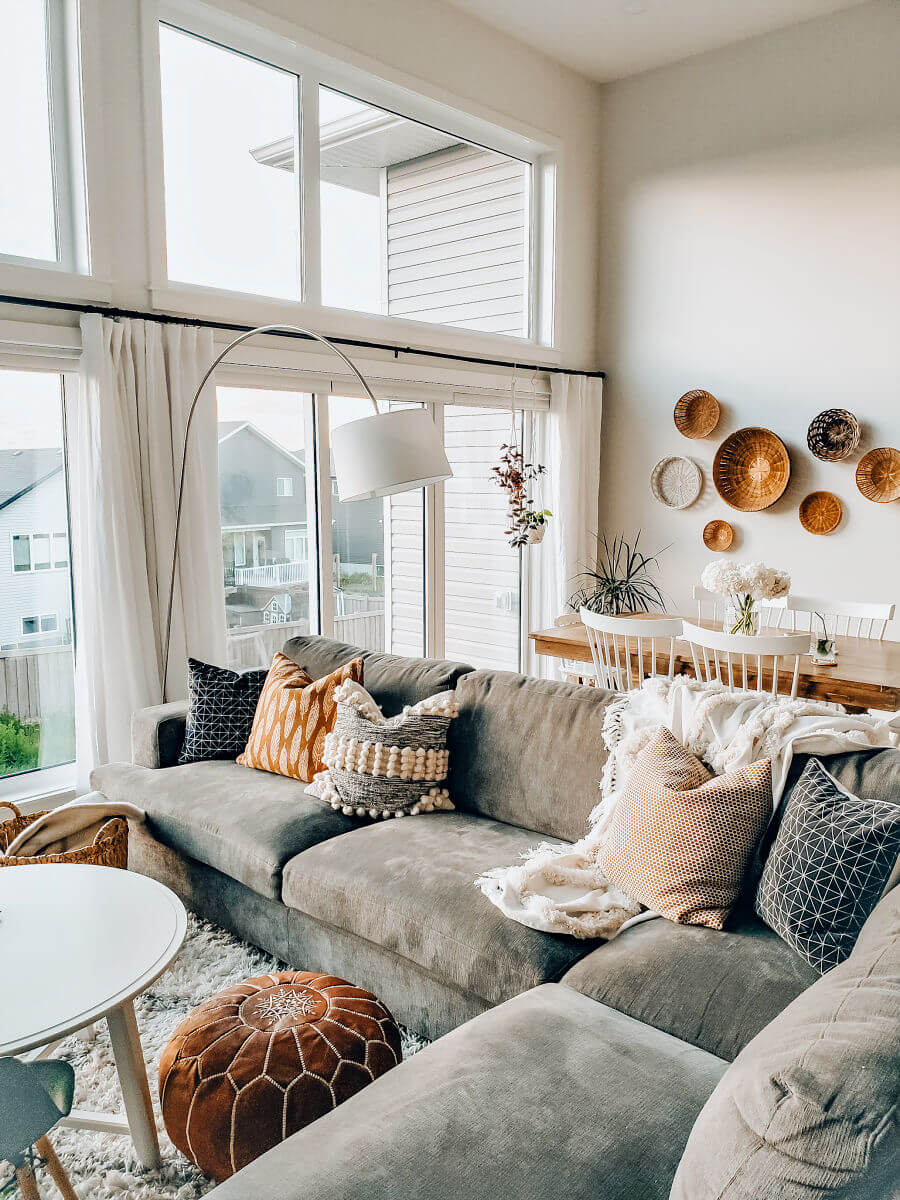

:max_bytes(150000):strip_icc()/living-room-decor-ideas-5442837-hero-8b6e540e13f9457a84fe9f9e26ea2e5c.jpg)


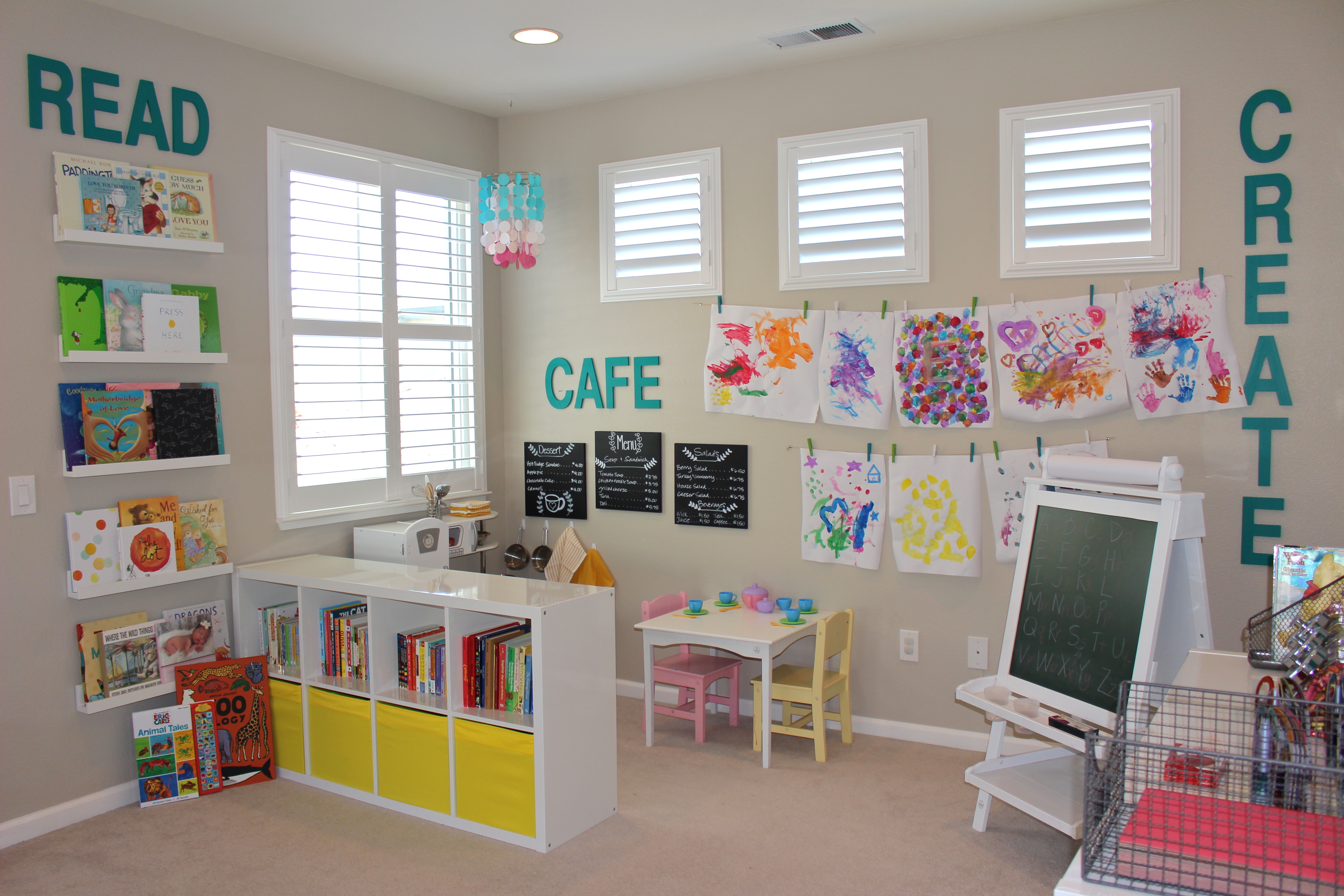
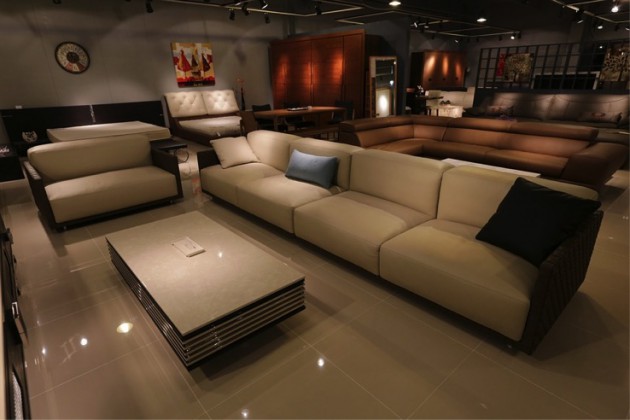


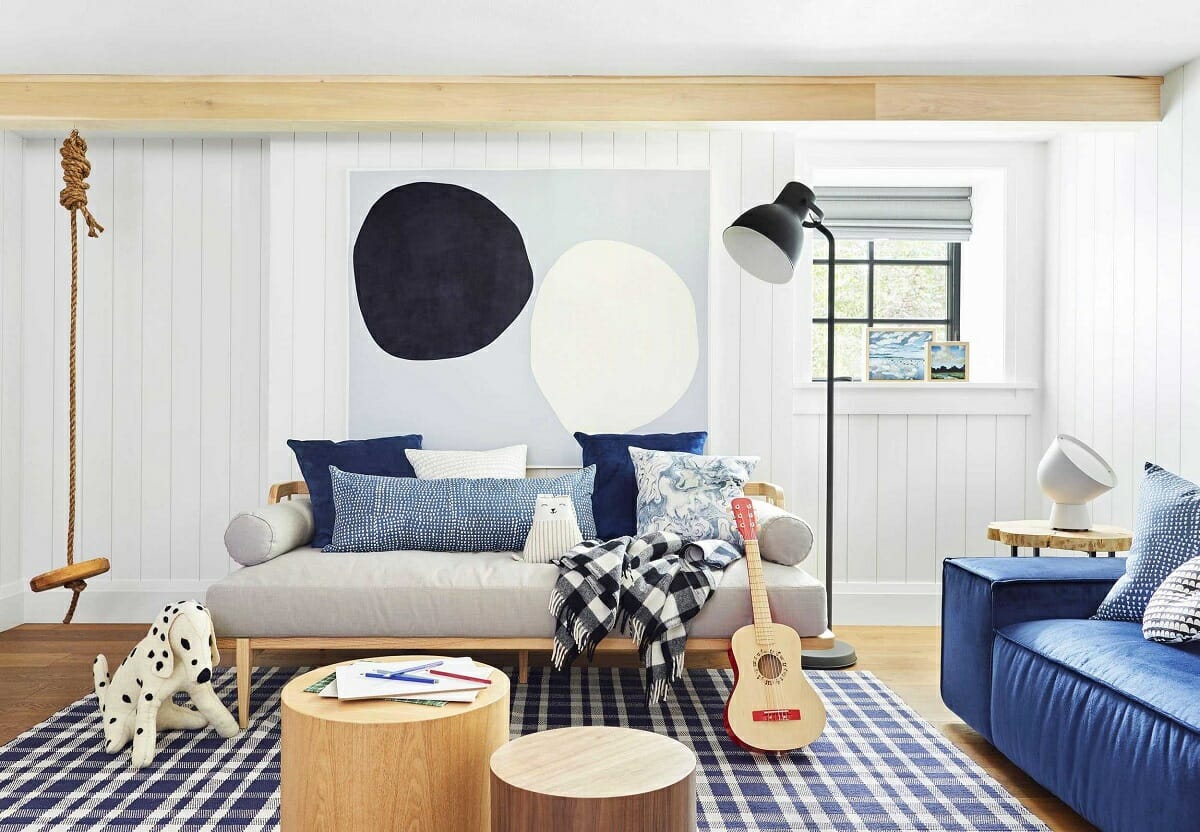
/GettyImages-9261821821-5c69c1b7c9e77c0001675a49.jpg)
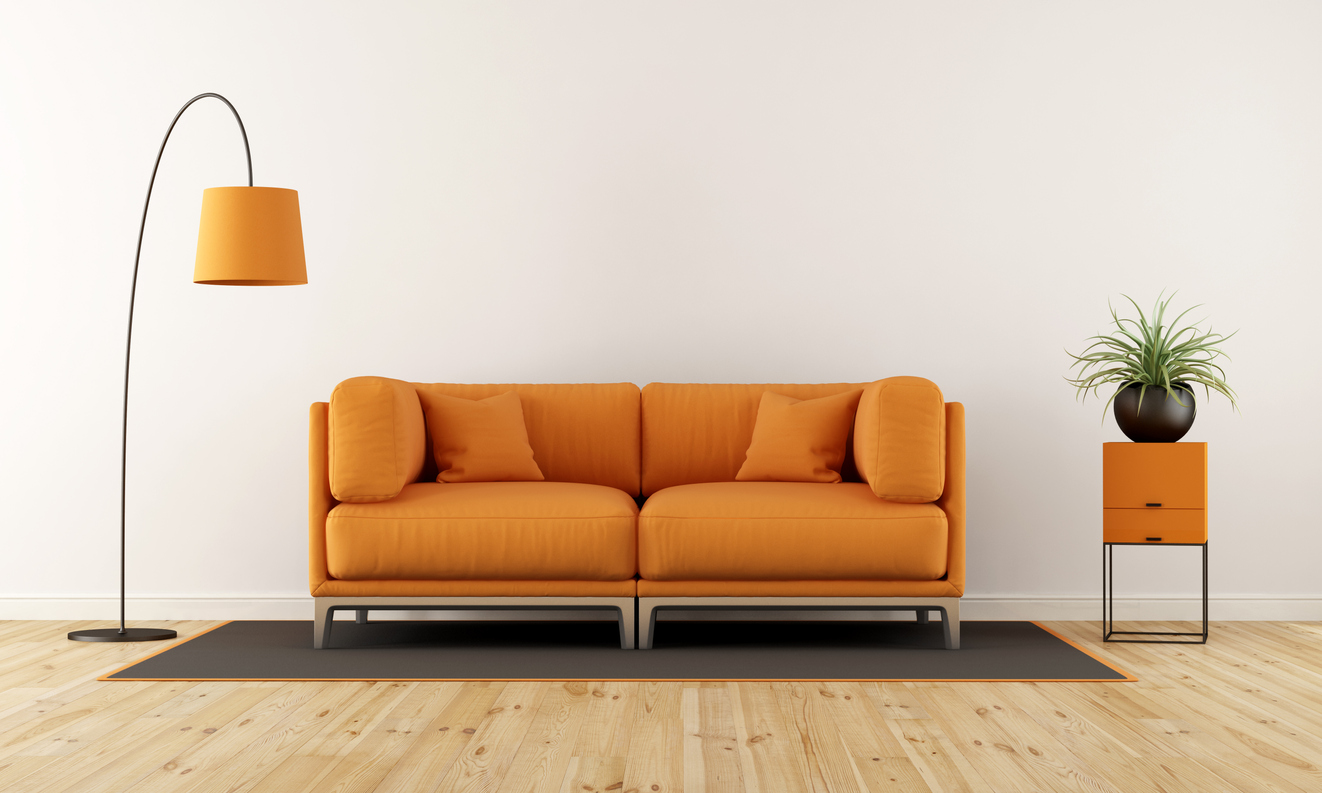


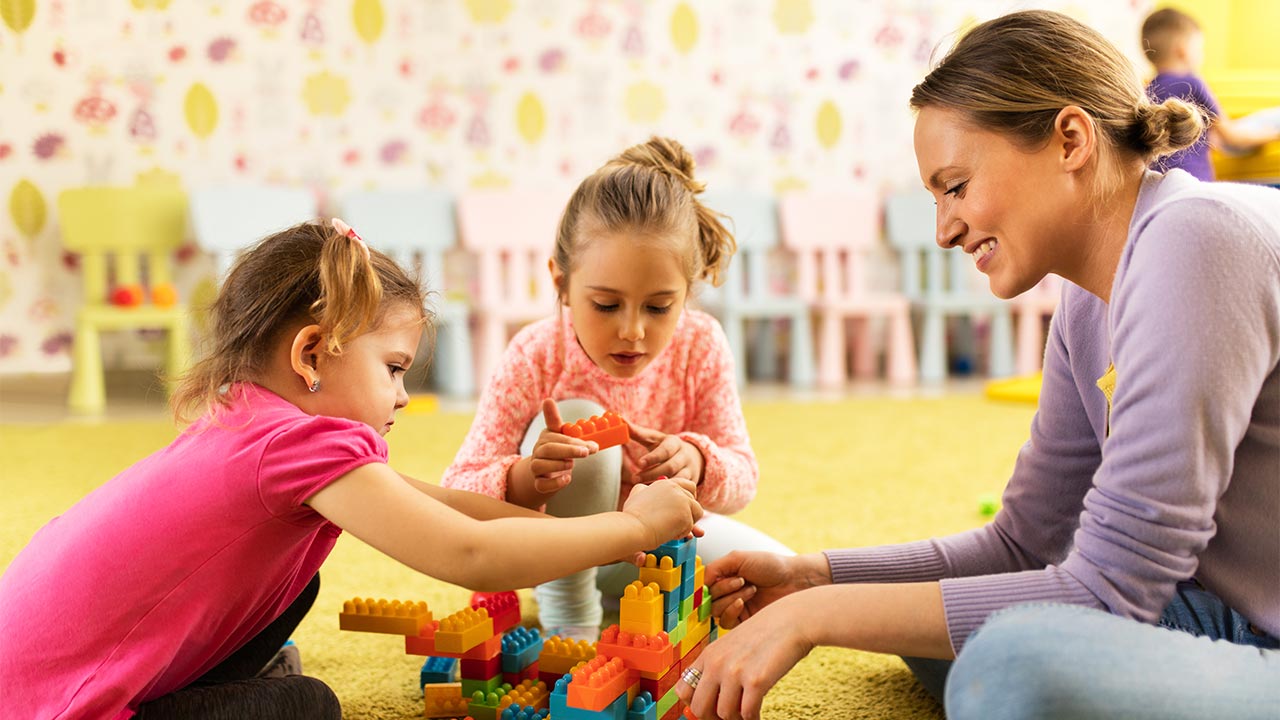


/2764587-article-types-of-play-5aa68d5a875db90037fc1198.png)
